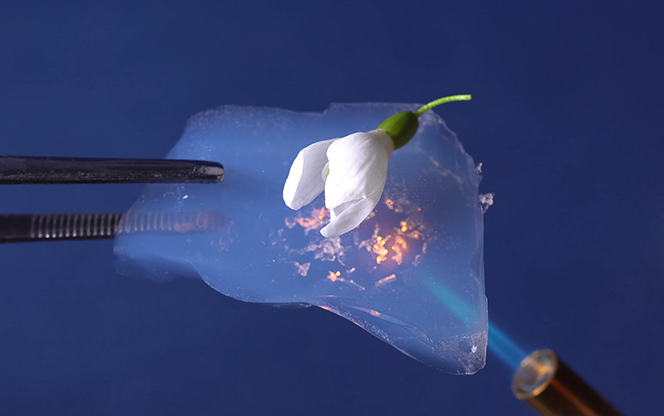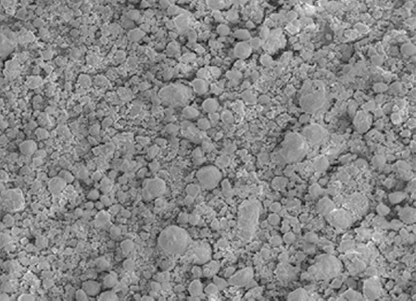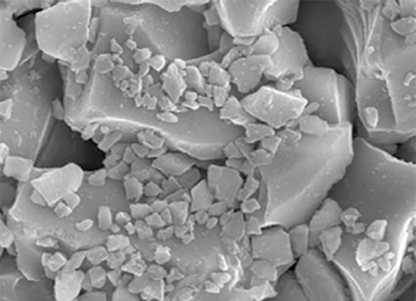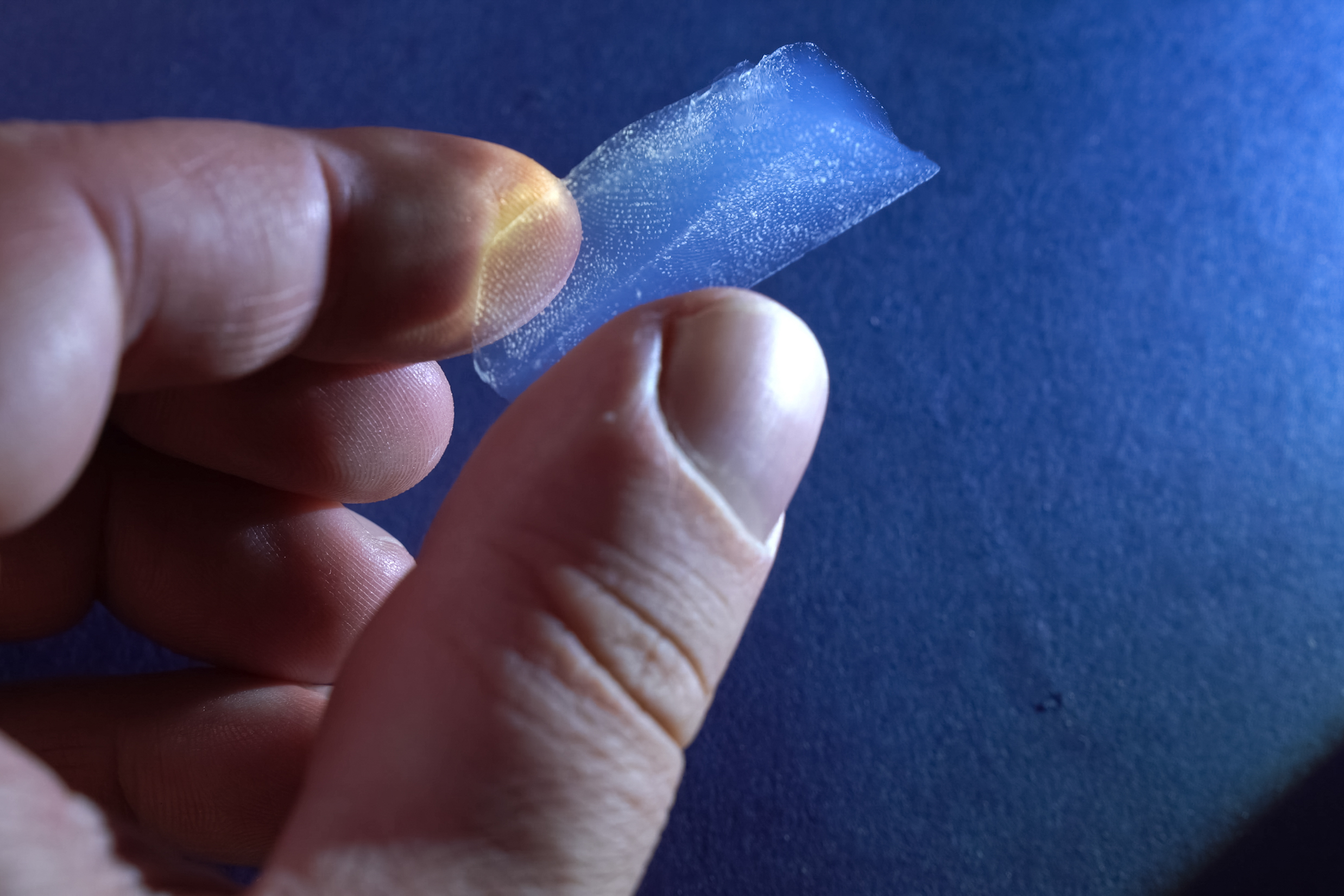Material
Based on years of experience and know-how
We'll repay you with the best product you can satisfy
Aerogel
Aerogel World's Lightest Solid
It's one of the lightest solids in the world. The structure consists of silicon dioxide (SiO2), which is one-thousandth the thickness of hair, and air forms more than 90% of the total volume

Ultra-lightweight, super-insulated, water proof material
listed in the Guinness Book of Records
AEROSQUARE® product is 30% thinner, with the Insulating performance
is the same as the existing products.

Non-crystalline silica image

Crystalline silica image
Aerogel features
It's one of the nanopore materials
97% of the particles are larger than 45㎛
The size of the entire particle is not nano-scale
The size of the nanopore hole is nanoscale(~0.01㎛)
Non-crystalline silica study results : OSHA, EPA, OECD
It's nontoxic and there's no possibility of artificial mutation
We expect that there is no risk of carcinogenicity
If absorbed to the body, there is no possibility that it will be absorbed through the skin, also cause any chemical reactions
It's harmless to human health
Aerogel is a nanopore , not an nanoparticle.
The Nanopore of the aerogel material is nanoscale (~ 0.01 ㎛), but the total particle size is not nanoscale.
Aerogel is non-crystalline silica, with 97 percent of the particles measuring 45㎛ or more
Aerogel does not generate nanoparticles when sheared
Silica studies show that aerogel is not toxic and have no possibility of artificial mutation.
Limitation of aerogel production


First generation aerosols
In 1933, aerogel was discovered mainly in the field of commercialization technology and aerospace military Limited use, etc. as a basic research material
Second generation aerosols
The commercialization was initiated in 1980s, the United States by developing the aerogel blanket and board,
Applying them to the insulation system for marine plants, space aviation, military, and building construction.
The market demand was $600 million in 2016, and will be $2 billion expected in 2020.
However, due to the higher price compare to the general insulation materials and the dust issues occurs during the construction,
there were the limitation of application and entry barrier for the companies toward the industry.

